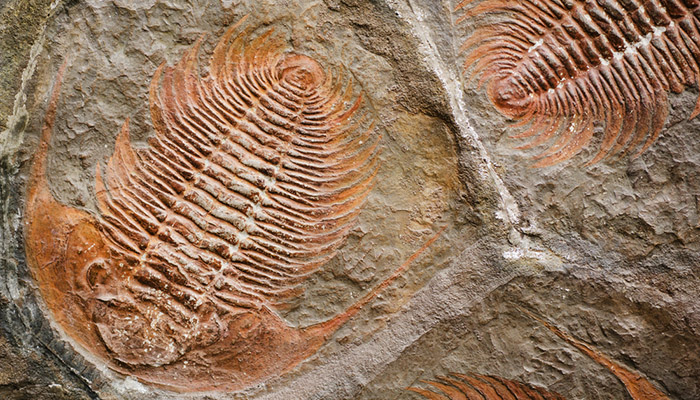Shutterstock
Paleontologists digging next to the Danshui River in China have excavated about 30,000 fossils dating back to the Cambrian period half a billion years ago – and around 53 percent of these are completely new to science.
Much of the world’s most well-preserved fossil records were found in shale beds, most famously the Burgess Shale in Canada and the Chengjiang in China. But now, this latest discovery appears to have unearthed the best-preserved fossil records ever.

It’s believed that multicellular life emerged during the Ediacarian Period, which began 635 million years ago. One of the mysteries scientists are trying to solve is that the organisms we see from this period aren’t clearly related to anything that came along after them.
The Ediacarian Period was followed by the Cambrian Period some 541 million years ago, giving way to an event known as the Cambrian explosion, and from that event, we see the features of major groups of life forms that have persisted to this day.
Over the half of the new fossil records discovered are of species that are totally new to science. Collectively, paleontologists have called the new life forms “Qingjiang biota.” Scientists are now trying to figure out how these previously unknown life forms fit into the evolutionary puzzle.
The researchers said that the newly found fossils in the shale beds in South China are some of the most well-preserved, and referred to them as “the best of the best.” The paleontologists say that these new discoveries are even better preserved than fossils found at the Burgess and Chengjiang deposits.
Scientists believe that these Cambrian-age deposits in the Qingjiang area of China are “widespread,” and expect to find similar fossils at a number of other locations in the area. This opens up the possibility that scientists could discover even more new species and additional ecosystems, learning how each ecosystem shaped the species to be found there.